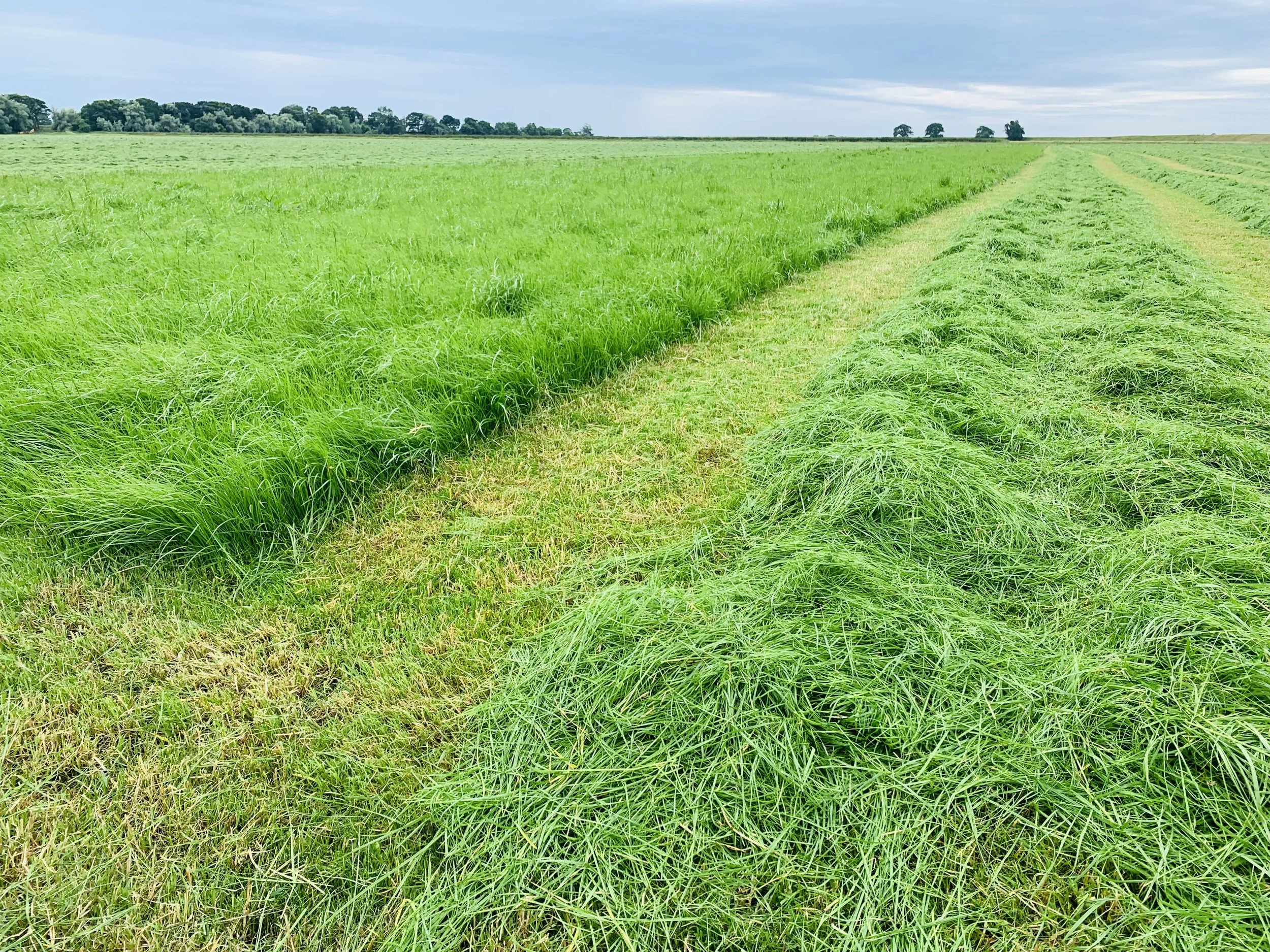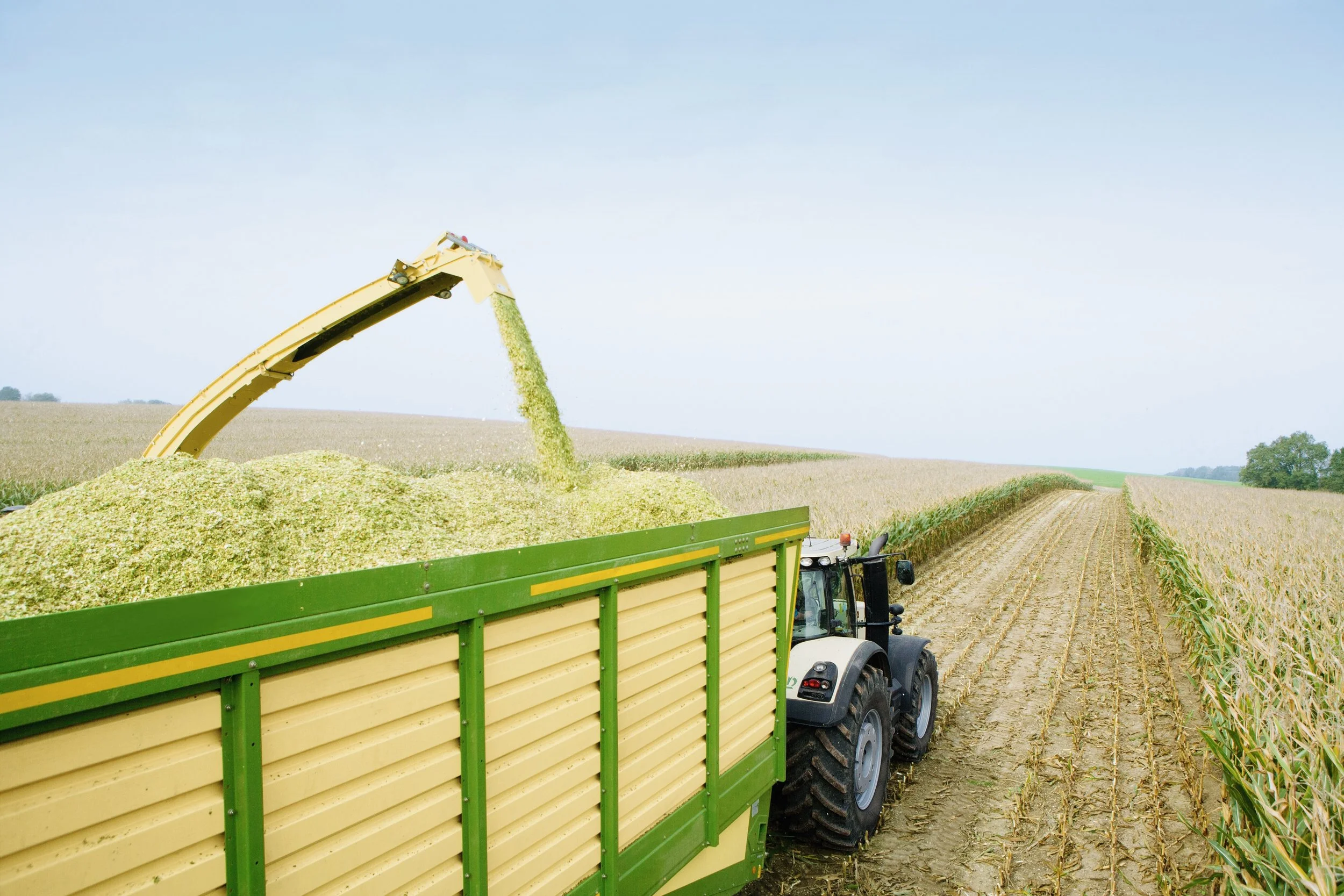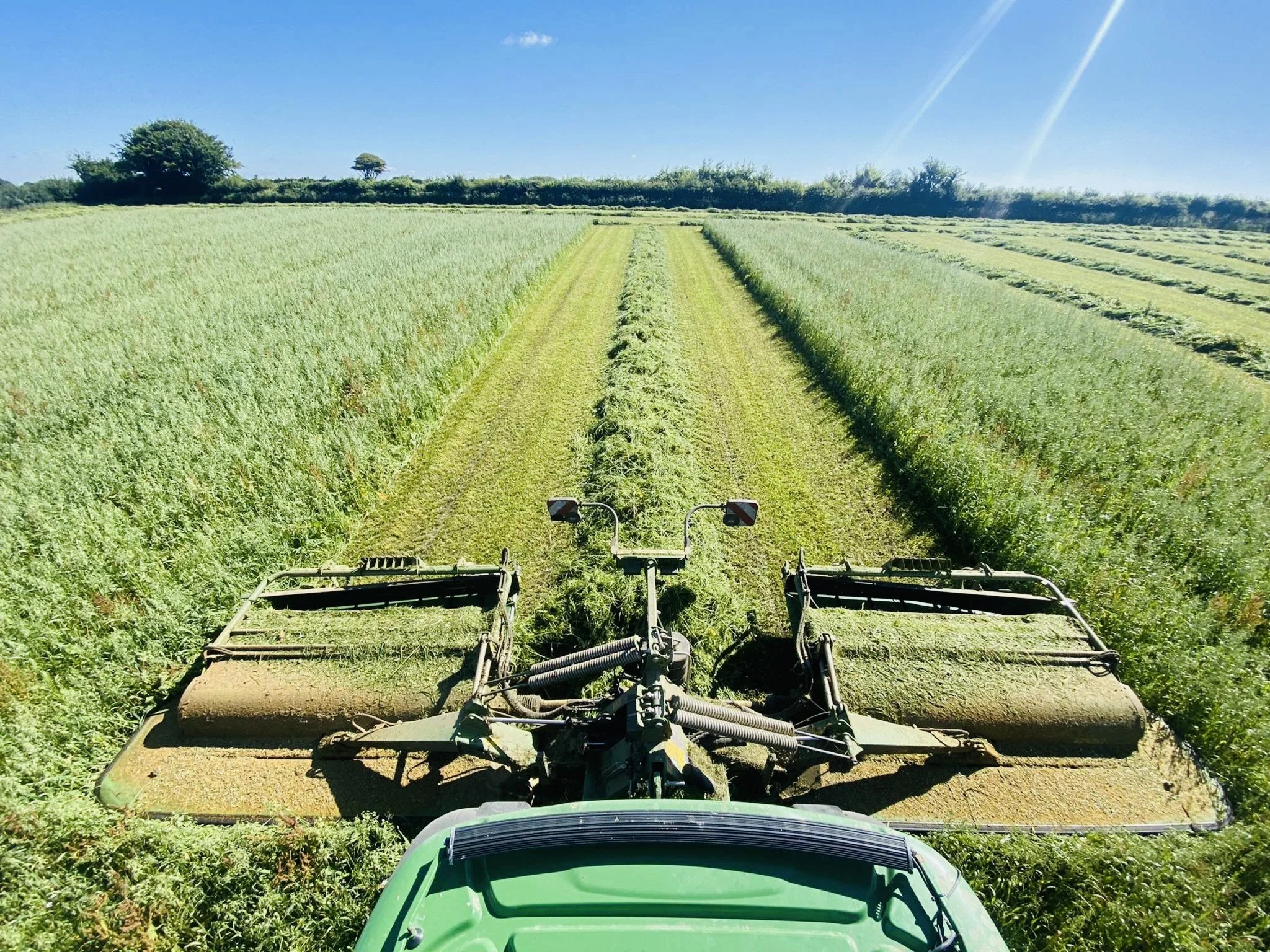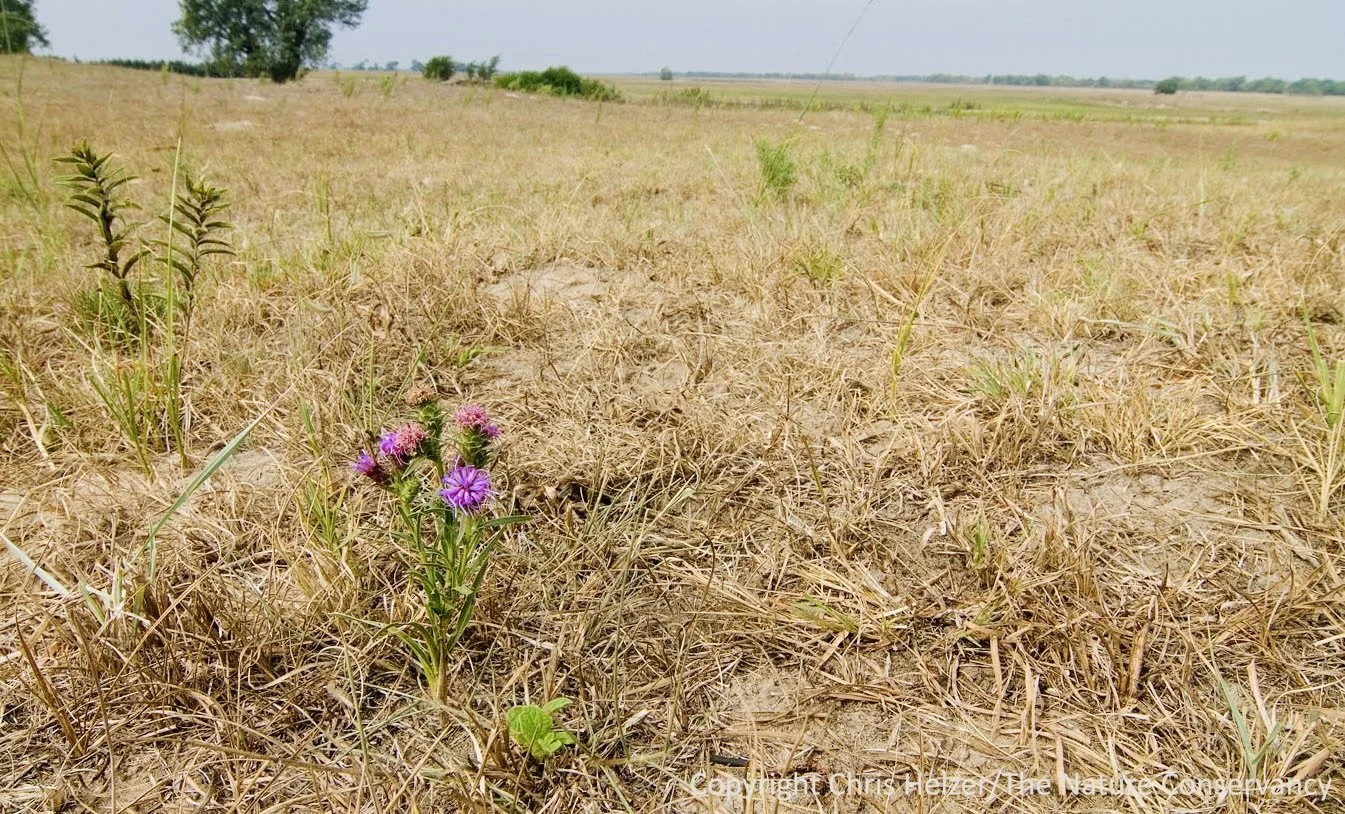Mixing your silage menu to spread risk?
What springs to mind when someone says silage? For most of my generation it will be something to do with grass; either making silage with it or feeding it, but mostly it is still grass silage. And that’s for a good reason because grass silage has been the mainstay forage for decades, but things are changing. The changing climate has made growing forage for silage more unpredictable and there are new support initiatives in the UK that make some other crops look more financially attractive. So is it time to consider some of the alternatives to grass silage?
Should you choose something other than grass silage?
For some maize may be a crop that you consider adding to the menu but for others the tall stuff might already be your primary forage crop. This will probably depend on where you are already growing the crop. Maize is a great converter of solar energy into feedstock due to its trick C4 photosynthesis process making it so efficient. Sure it’s short on protein but it’s a hell of an energy source and decades of plant breeding have made it a more reliable crop in the cooler wetter parts of the globe where it never intended to live. But it still has its limitations because it is difficult to get going in a cold wet spring and its harvest period coincides with a time when getting on the land is difficult for some, and plain foolish for others.
Maize loading into a Krone silage trailer
So for those who find maize just too risky to contemplate (or rely on) are there any better alternatives?
What are the alternatives to maize silage?
Alternative is maybe a bit of a stretch because maize is a bit unique, but wholecrop silage might be something worth considering. Wholecrop is a bit of a broad term because it covers all sorts of “arable silage” but the common factor is the ability to add a good starch or energy source into your forage larder. Anerobic Digester plants will be familiar with hybrid rye and it is perhaps the best choice of all these wholecrops as it has been bred almost exclusively for making into silage.
Obviously you need to choose crops and varieties that best suit your particular situation and, for some, oats or barley mixes are the best solution. But hybrid rye has some advantages that are really beneficial in our ever changing world.
What’s so good about hybrid rye silage?
Forage rye hybrids have been bred to be efficient and high yielding but there is more to being a good silage crop than this. One of the key benefits is its ability to thrive and yield well on relatively low fertiliser inputs, maybe 40-50% less that an equivalent wheat crop. Now this doesn’t make it a cheap crop to grow, but it’s a whole lot less expensive than some of the alternatives.
Wilting not required
There are lots of other benefits to growing hybrid rye but I will look at these another time. The one thing I really want to explore is the drought tolerance of wholecrops and hybrid rye in particular.
Silage and climate change
Recent reports have stated that the UK is likely to experience a summer drought period every five years. This is joined by corresponding cold and wet spells at times when we anticipate warm and dry weather. This unpredictability is maybe the main reason to consider adding more options to your forage production plan. The drought resistance of hybrid rye might be your saviour in a dry summer when the grass is all shrivelled and burned.
Herbal leys are another crop to consider in a diverse forage plan because these also have the ability to get at deep water reserves that grasses just can’t access. Deep rooted species can maintain a green lush sward long after rye grass has turned brown. There are also lots of benefits of mineral and trace element uptake with herbal leys that make them attractive too. But for every swing there is a roundabout and whatever the weather herbal leys are never going to yield like an Italian ryegrass.
So maybe not the problem in 2024….
Silage Risk Management Plan
Perhaps the best way to think about this is to consider it as a risk spreading plan. Putting all your eggs in one basket isn’t risk spreading, but becoming a bit more diverse in you forage plans is risk spreading. To spread the risk maybe it’s better to think about adding more options rather than swopping one crop for another. So maybe continue with some maize but add in some wholecrop and herbal leys too. In any particular year it’s unlikely that all the crops will all perform to the maximum but then you might never be staring at the back of empty silage clamps either.
In a wet cold spring when the maize really struggles to get going, a wholecrop can thrive - or at least not suffer so badly. And in a hot dry summer, the herbal leys can keep adding some forage growth long after the grass has thrown in the towel. With ever more unpredictable weather, a diverse forage plan can make you more resilient.
Under-sowing Herbal Leys
One of the big problems with herbal leys can be the difficulty in getting them established because they are just not as quick out of the blocks as some of the weeds. Under-sowing can be your answer here because a more quickly establishing cereal crop can give the herbals the time and space to get properly established. Getting your planning right and there is a chance that cereal could be your hybrid rye forage crop.
This maybe gets you the “two birds with one stone” win because as soon as you harvest the wholecrop, the herbal ley has the chance to get away and growing. There are also some potential benefits from the legumes fixing nitrogen to help the cereals along the way too. Obviously you would need to adjust seed rates accordingly and you also have to be very careful about any herbicide treatments you apply to the wholecrop, but it’s potentially a neat solution.
Can you claim SFI payments for herbal ley silage?
At the moment of typing this, the answer is yes, but there is always a chance this will have changed by the time the article is published. Today in the parts of the UK it might be quite a nice option because you can (potentially) get paid £382 per hectare to establish a herbal ley under SAM 3.
Now let's jump into the future for a moment and assume that the rules have changed or are going to change; do you really think the rule makers will do a U turn on this type of policy? And in other parts of the world where these types of incentive are not yet in place, do you really think they never will be? I am really not sure I can see the world turning its back on this type of movement because most of the comfortable western electorate seem to be more and more interested in this sort of thing. Whatever the politics I think it is sensible for everyone to think about spreading the feedstock risk by increasing the mix of forages available to make into silage.
How to best store silage made from loads of different forage crops is another matter and if you want to discuss how you might be able to tackle that problem or would like to discuss any other aspects covered in this series, contact me at jeremy@silageconsultant.co.uk



